'Emerging Ecologies' at MoMA explores the history of the 'green’ movement
'Emerging Ecologies' opens at MoMA in New York, curated by Ambasz Institute director Carson Chan and seeking the meaning of building 'green'
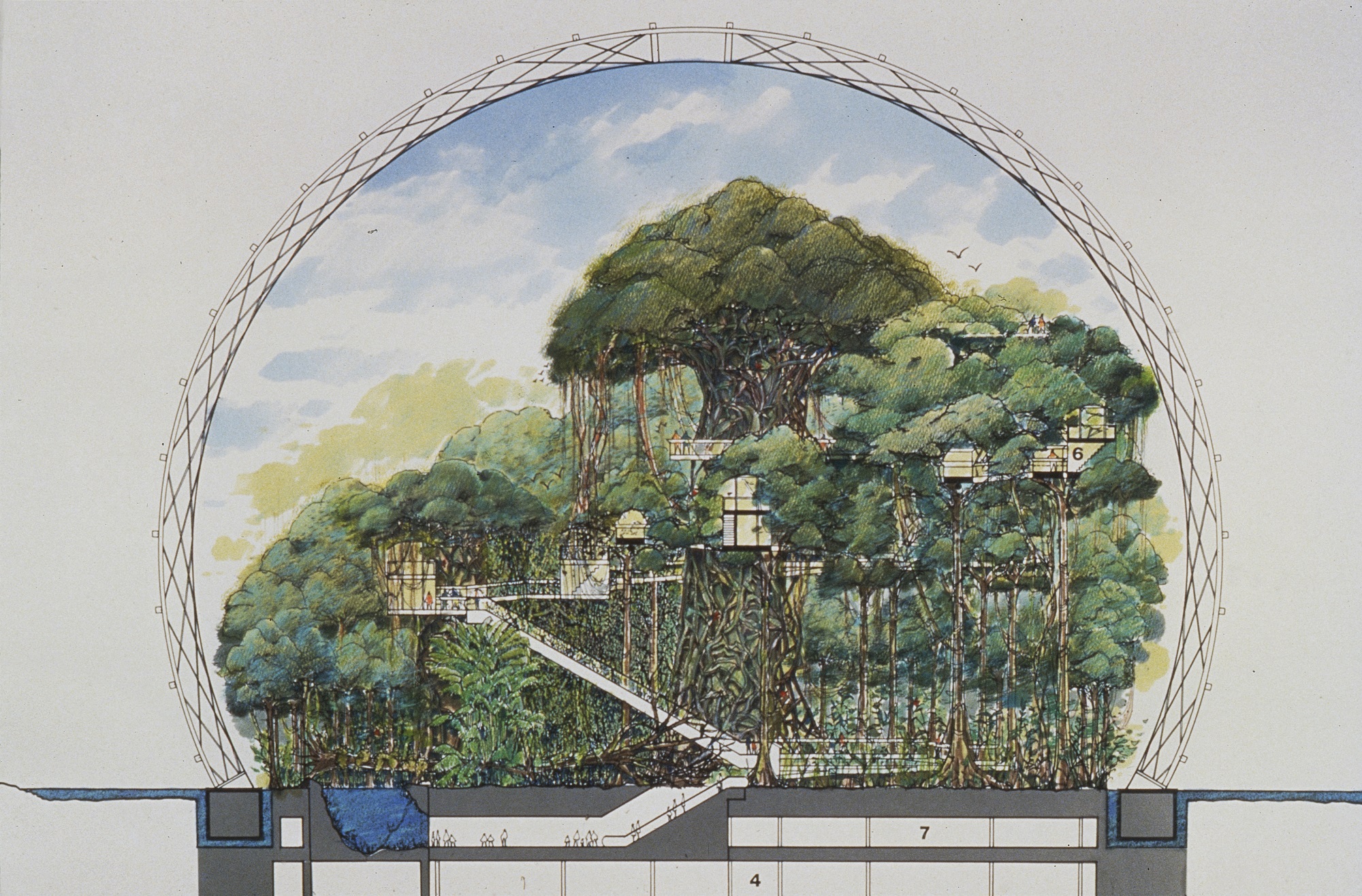
A New Yorker article written by David Owen nearly 20 years ago proposed that Manhattan should be considered an experimental ecological paradise: a wholly artificial manmade environment with a population density 800 times the average of the country. It would allow millions of people to coexist, sharing resources and reducing energy, with citizens rarely owning their own car and the majority using public transportation at a uniquely high rate.
The thought experiment pulls on a similar question that a new exhibition at the Museum of Modern Art (MoMA) in New York poses: what is ecological after all? What could and should be? The show, 'Emerging Ecologies', unpacks and diversifies the history of the ‘green’ movement as we may broadly understand it through the lens of design, landscape, preservation and architecture. In all its ambitions and conceit, this fascinating and in-depth show digs deep to provide a multifaceted, joyful and enlightening history. It also provides the framework for a sort of ‘anti modern’ environmental design movement.
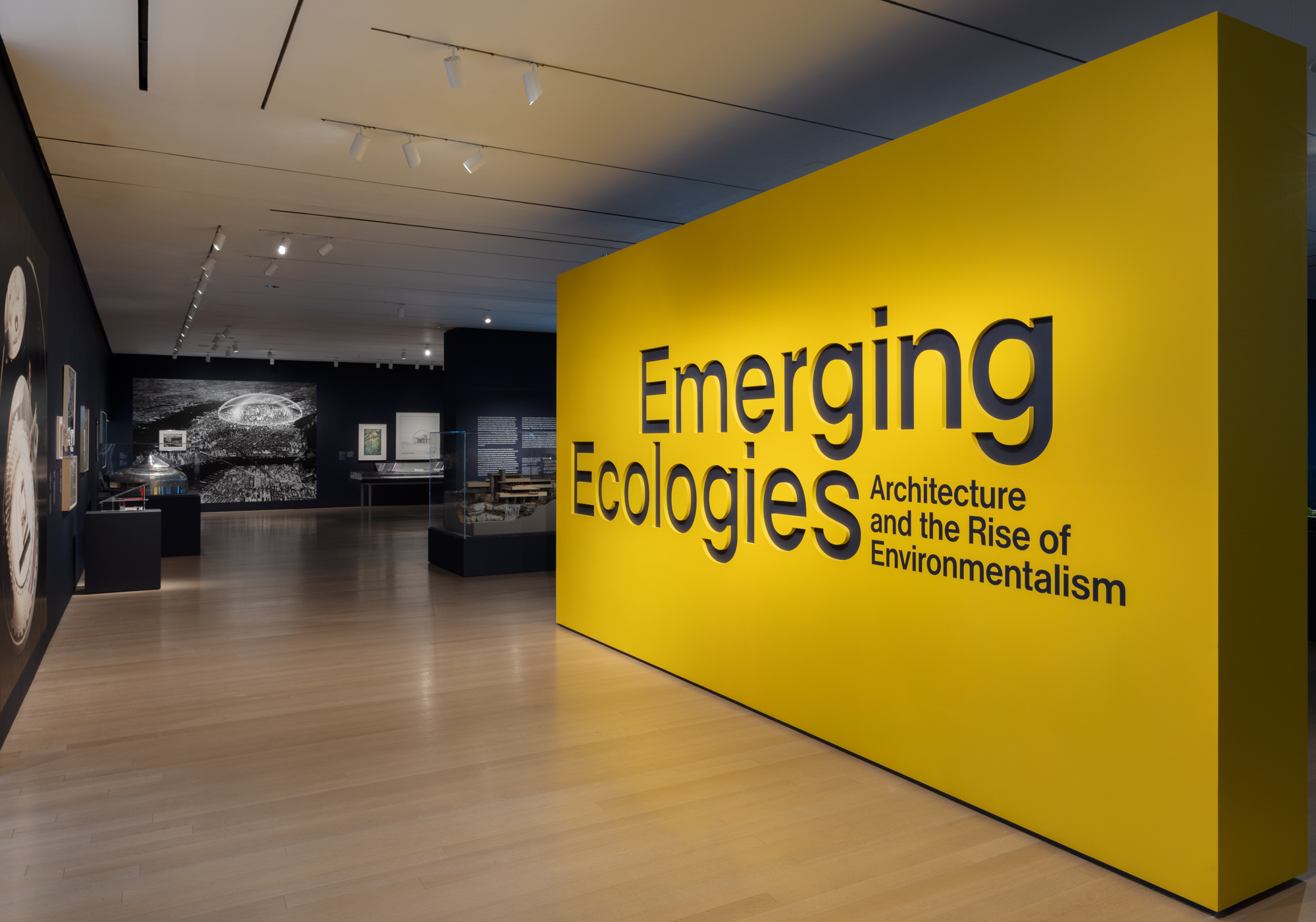
'Emerging Ecologies': unpacking the 'green' movement
The exhibition also sets out the intention for the museum’s new Ambasz Institute for the Joint Study of the Built and the Natural Environment, and is curated by its inaugural director Carson Chan, who for two years has been putting forward a rich and lively programme of talks, research, conversations on architecture and ecology.
Charting environmental practice in the United States from its first appearances in the early 1930s, to the 1967 book Silent Spring by Rachel Carson, the invention of Earth Day in 1970, and a public awareness of environmental protection, the exhibition shares the story of sustainable architecture as not only a series of fantastical propositions for ways of living. Must-see projects include Buckminster Fuller’s fascinating images of World Game, his unrealized project for the 1967 Montreal Expo, as well as his iconic dome over Manhattan; Ant Farm’s Dolphin Embassy; along with a stunning model of the serene Falling Water by Frank Lloyd Wright; and Eugene Tsui’s fantastical alternate cityscapes.
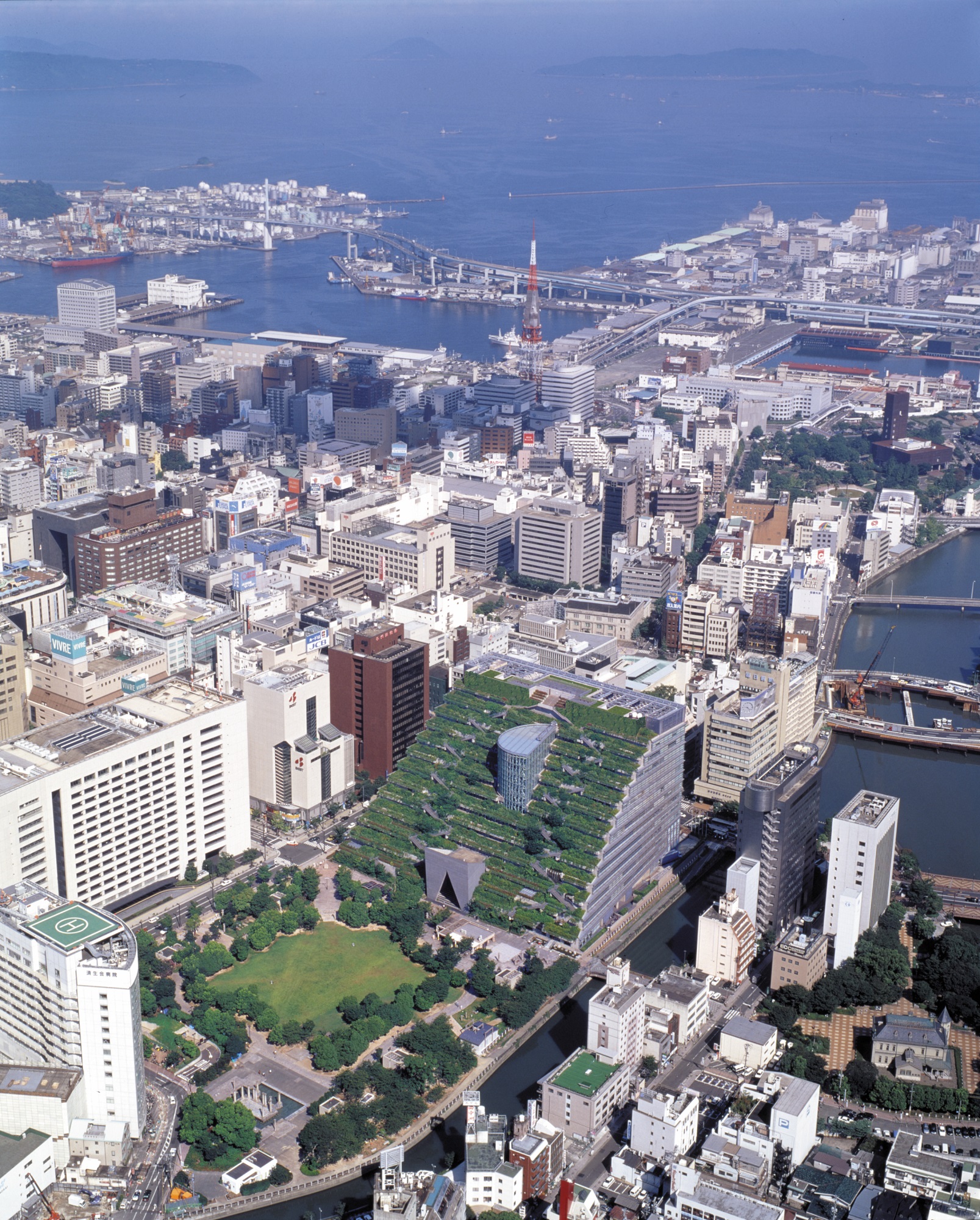
Emilio Ambasz (Argentine, born 1943). Prefectural International Hall, Fukuoka, Japan. 1990. Aerial view. 1990. Collection Emilio Ambasz
In addition to these, the exhibition charts the emergence of data such as ecological databases and computer-controlled greenhouses. It significantly speaks to the absence or prevention of architecture as a powerful narrative in the environmental movement. In all its architectural exhibitions since MoMA's founding in 1929, rarely, perhaps never, has the institution focused on the absence of building.
An expansive political protest by Native American groups that prevented the creation of a vast concrete dam in Phoenix, Arizona appropriately takes over a gallery wall. The story of indigenous primacy to the land, indigenous rights, and environmental justice could be told through this lack of building. Through this perspective, it is interesting to consider that more than a history of environmental architecture, the exhibition seeks to create a new definition for what could be considered as an environmental architectural act today: the work, design and effort that goes into not building.
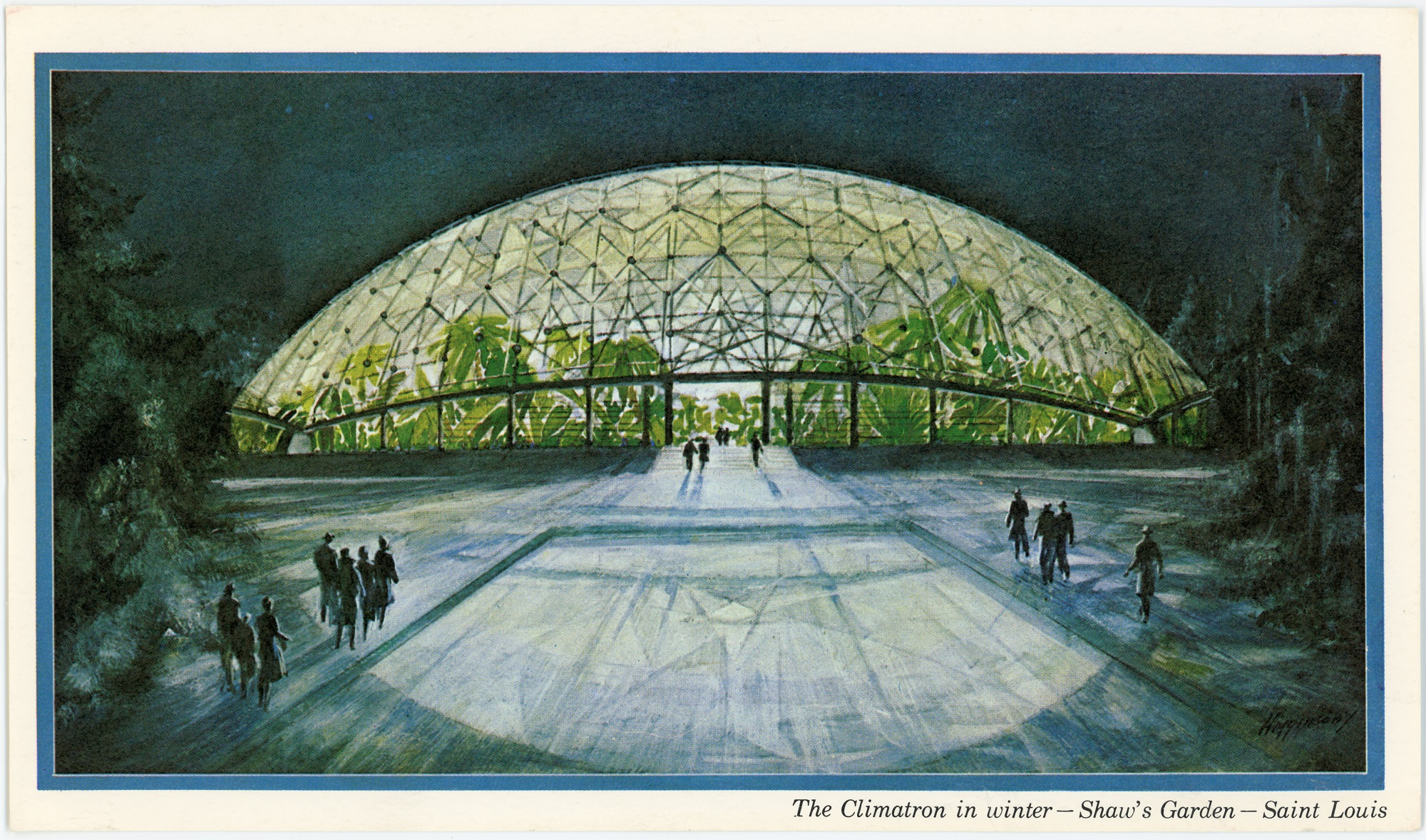
Unknown artist. ‘The Climatron in winter–Shaw’s Garden–Saint Louis.’ c. 1960. Postcard. 4 × 8″ (10.2 × 20.3 cm). The Missouri Botanical Garden Archives
Themes and discoveries
On the walls and floors of the galleries, visitors discover the familiar but reframed, and the unfamiliar and recentred. The show is divided into five thematic groupings: Environment as Information, Environmental Enclosures, Multispecies Design, Counterculture Experiments, and Green Poetics. In two tightly packed rooms, 150 models, photographs, diagrams, sketches, and archival materials feature, bright, engaging and vivid. The experience is one of almost constant discovery.
Receive our daily digest of inspiration, escapism and design stories from around the world direct to your inbox.
What is particularly delightful is that many of the works are from architects and artist’s own collections. These are projects passed by over time, as the 1980s and 1990s grew fascinated with technology and growth, or simply just passed over. Glen Small’s glorious Green Machine megastructures are a delight to behold. Imagining nature itself as a 'huge ecological megastructure that combine mountains, valleys, forests, streams, and animals in a harmonious whole', the architect conceived of his Biomorphic Biosphere as a self-sustaining ecosystem.
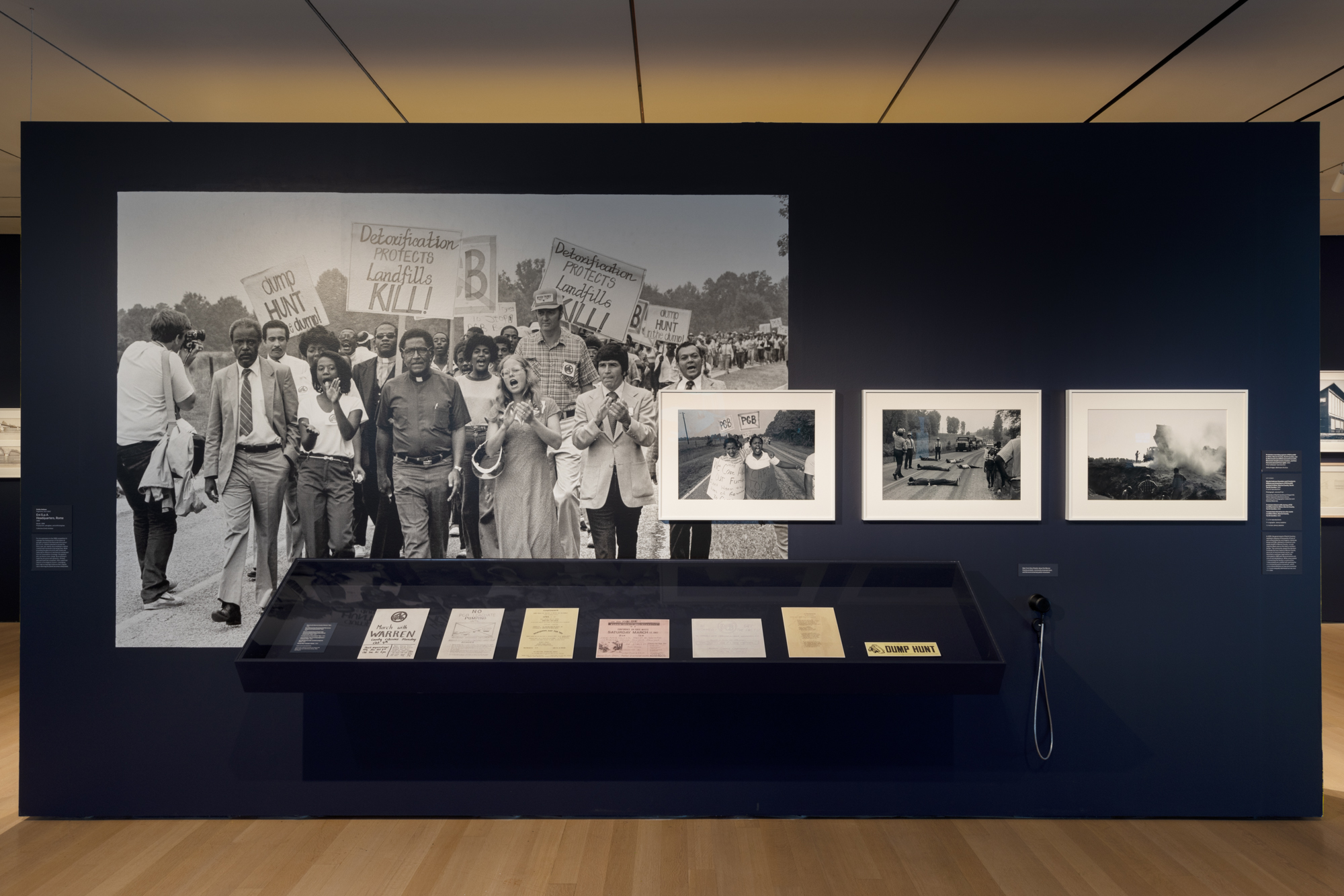
Installation view of Emerging Ecologies: Architecture and the Rise of Environmentalism, on view at The Museum of Modern Art
In one corner of the room is a familiar image: a delicate, framed pencil drawing of dozens of vertically stacked suburban homes, complete with individual picket fences, neatly clipped hedges, lawns and pitched roofs, all squished next to and on top of one another into what appears to be a concrete skeleton of a skyscraper. This is Highrise of Homes by the artist, architect and founder of environmental architecture movement SITE, James Wines, which is also currently on display at the Metropolitan Museum of Art. The series has long been an iconic and witty conceit reflective of a moment of deep angst against the ecological immolation of America’s sprawling, polluting and unsustainable suburban dream.

Installation view of Emerging Ecologies: Architecture and the Rise of Environmentalism, on view at The Museum of Modern Art
Emerging Ecologies doesn’t leave its visitors with false promises of a green world. It’s clear that the future of our planet is not at all bright, but yet there is a value in revising, revisiting and renewing histories. In putting forward a case for a new expanded and encompassing perspective on architecture, there is much to look forward to in more programming from MoMA’s Ambasz Institute.

Installation view of Emerging Ecologies: Architecture and the Rise of Environmentalism, on view at The Museum of Modern Art
'Emerging Ecologies: Architecture and the Rise of Environmentalism' is on display at MoMA in New York until 20 January 2024
Beatrice Galilee is founder and executive director of The World Around, a New York-based nonprofit organization dedicated to amplifying impactful global design and architecture. She is the author of Radical Architecture of the Future, published by Phaidon in 2021, and between 2014-2019 served as the first curator of contemporary architecture and design at The Metropolitan Museum of Art. Beatrice is a visiting professor at Pratt Institute where she lectures on curating. Between 2006-2009 she served the award-winning architecture editor of Icon Magazine, one of Europe’s leading publications in architecture and design.
-
 Inside a creative couple's magical, circular Indian home, 'like a fruit'
Inside a creative couple's magical, circular Indian home, 'like a fruit'We paid a visit to architect Sandeep Virmani and social activist Sushma Iyengar at their circular home in Bhuj, India; architect, writer and photographer Nipun Prabhakar tells the story
-
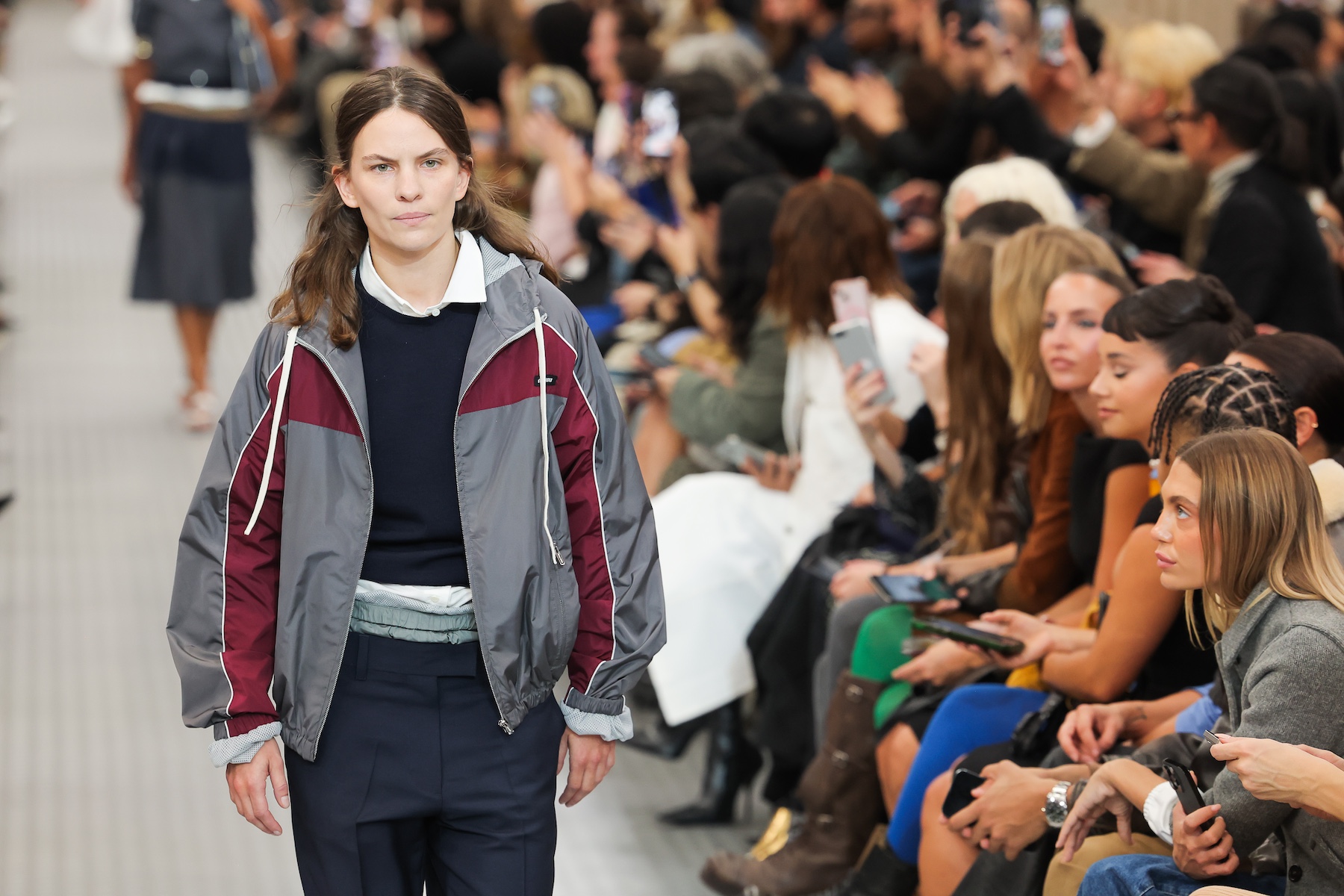 Ten of the best track jackets for channelling a 1970s-meets-1990s cool
Ten of the best track jackets for channelling a 1970s-meets-1990s coolAs a ‘Marty Supreme’ track jacket makes a bid for viral garment of 2025 – thanks to one Timothée Chalamet – the Wallpaper* style team selects ten of the best tracksuit and coach jackets for men and women, each encapsulating an easy, nostalgia-tinged elegance
-
 Eight questions for Bianca Censori, as she unveils her debut performance
Eight questions for Bianca Censori, as she unveils her debut performanceBianca Censori has presented her first exhibition and performance, BIO POP, in Seoul, South Korea
-
 Step inside this resilient, river-facing cabin for a life with ‘less stuff’
Step inside this resilient, river-facing cabin for a life with ‘less stuff’A tough little cabin designed by architects Wittman Estes, with a big view of the Pacific Northwest's Wenatchee River, is the perfect cosy retreat
-
 Remembering Robert A.M. Stern, an architect who discovered possibility in the past
Remembering Robert A.M. Stern, an architect who discovered possibility in the pastIt's easy to dismiss the late architect as a traditionalist. But Stern was, in fact, a design rebel whose buildings were as distinctly grand and buttoned-up as his chalk-striped suits
-
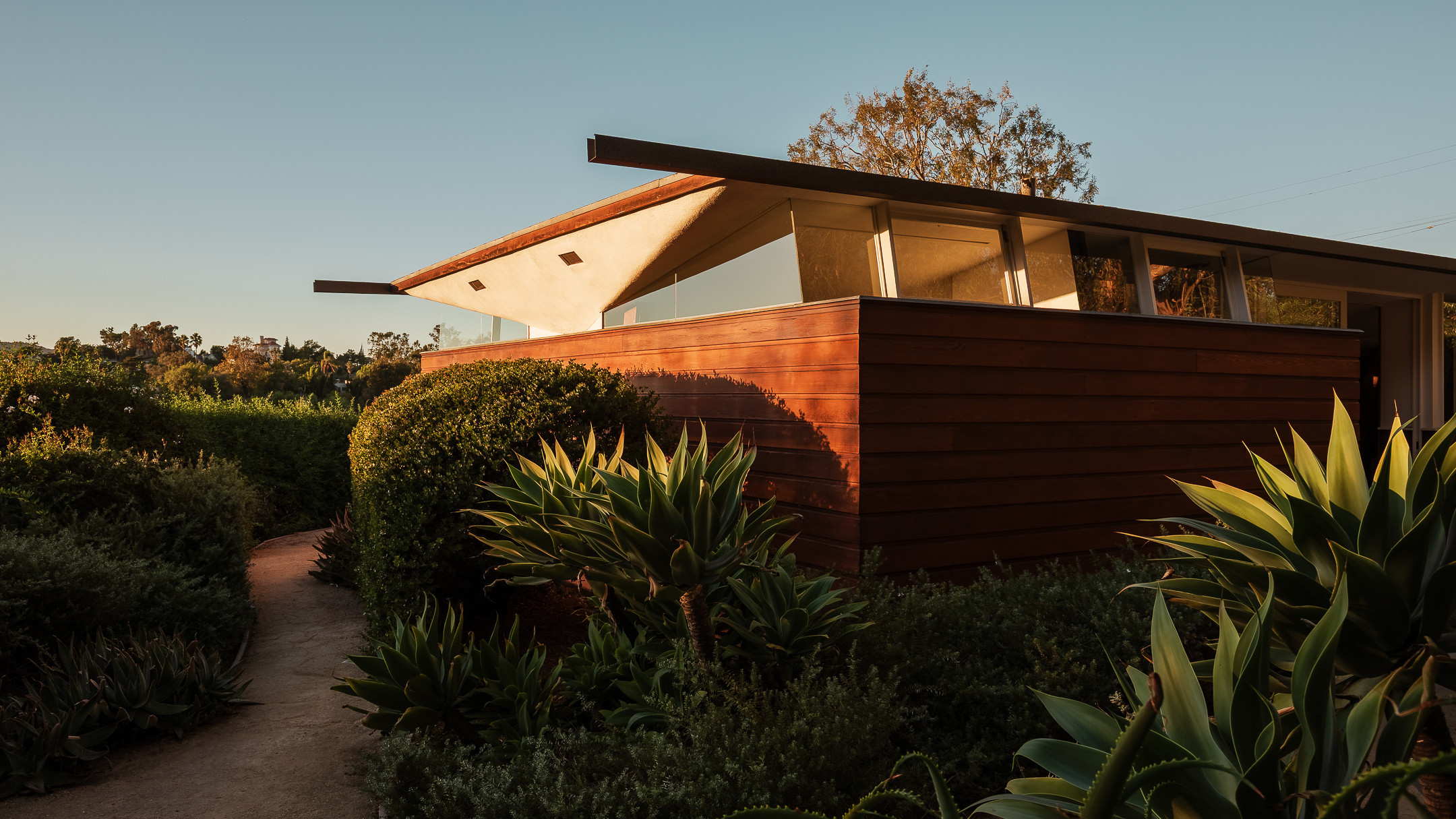 Own an early John Lautner, perched in LA’s Echo Park hills
Own an early John Lautner, perched in LA’s Echo Park hillsThe restored and updated Jules Salkin Residence by John Lautner is a unique piece of Californian design heritage, an early private house by the Frank Lloyd Wright acolyte that points to his future iconic status
-
 The Architecture Edit: Wallpaper’s houses of the month
The Architecture Edit: Wallpaper’s houses of the monthFrom wineries-turned-music studios to fire-resistant holiday homes, these are the properties that have most impressed the Wallpaper* editors this month
-
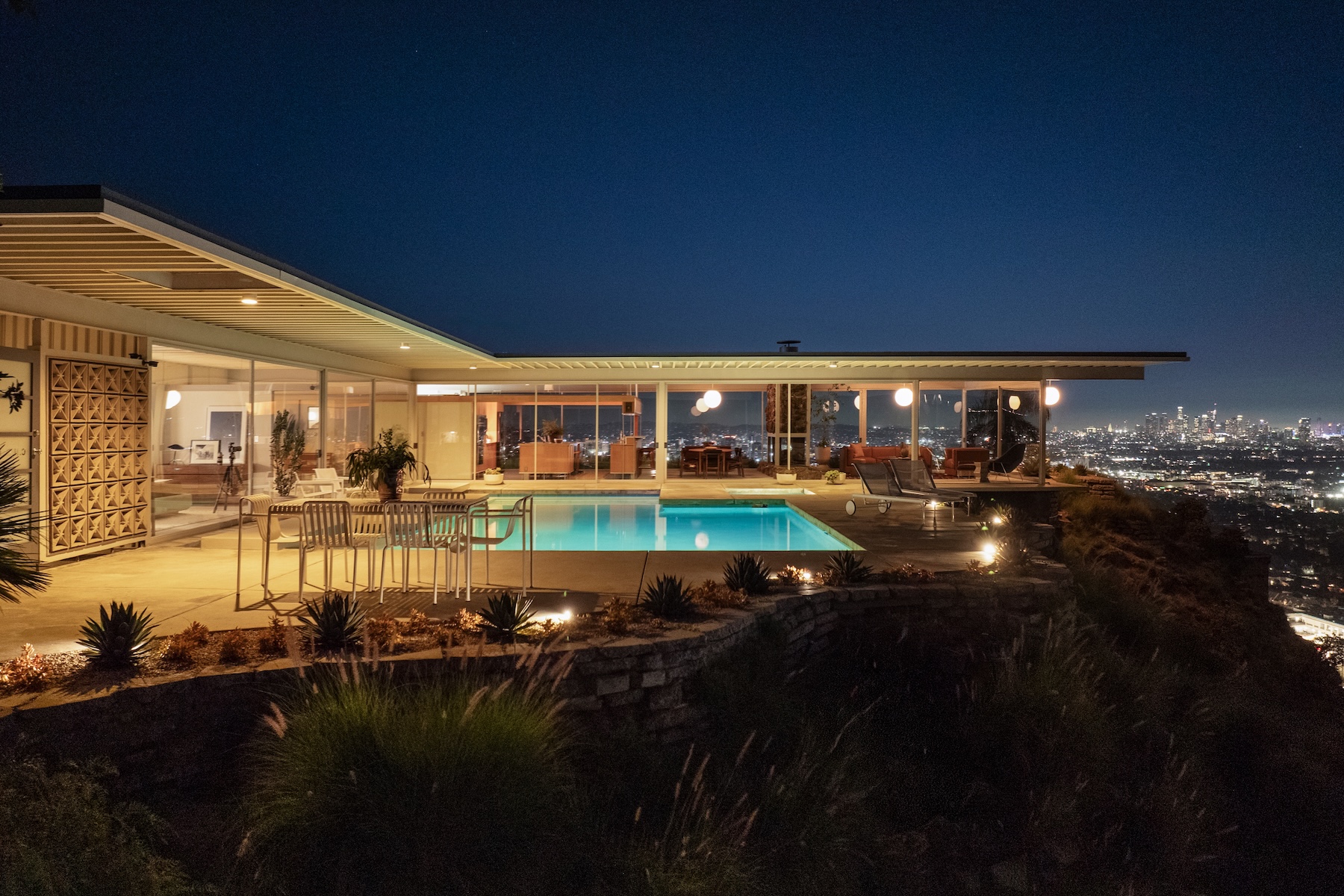 The Stahl House – an icon of mid-century modernism – is for sale in Los Angeles
The Stahl House – an icon of mid-century modernism – is for sale in Los AngelesAfter 65 years in the hands of the same family, the home, also known as Case Study House #22, has been listed for $25 million
-
 Houston's Ismaili Centre is the most dazzling new building in America. Here's a look inside
Houston's Ismaili Centre is the most dazzling new building in America. Here's a look insideLondon-based architect Farshid Moussavi designed a new building open to all – and in the process, has created a gleaming new monument
-
 Frank Lloyd Wright’s Fountainhead will be opened to the public for the first time
Frank Lloyd Wright’s Fountainhead will be opened to the public for the first timeThe home, a defining example of the architect’s vision for American design, has been acquired by the Mississippi Museum of Art, which will open it to the public, giving visitors the chance to experience Frank Lloyd Wright’s genius firsthand
-
 Clad in terracotta, these new Williamsburg homes blend loft living and an organic feel
Clad in terracotta, these new Williamsburg homes blend loft living and an organic feelThe Williamsburg homes inside 103 Grand Street, designed by Brooklyn-based architects Of Possible, bring together elegant interiors and dramatic outdoor space in a slick, stacked volume